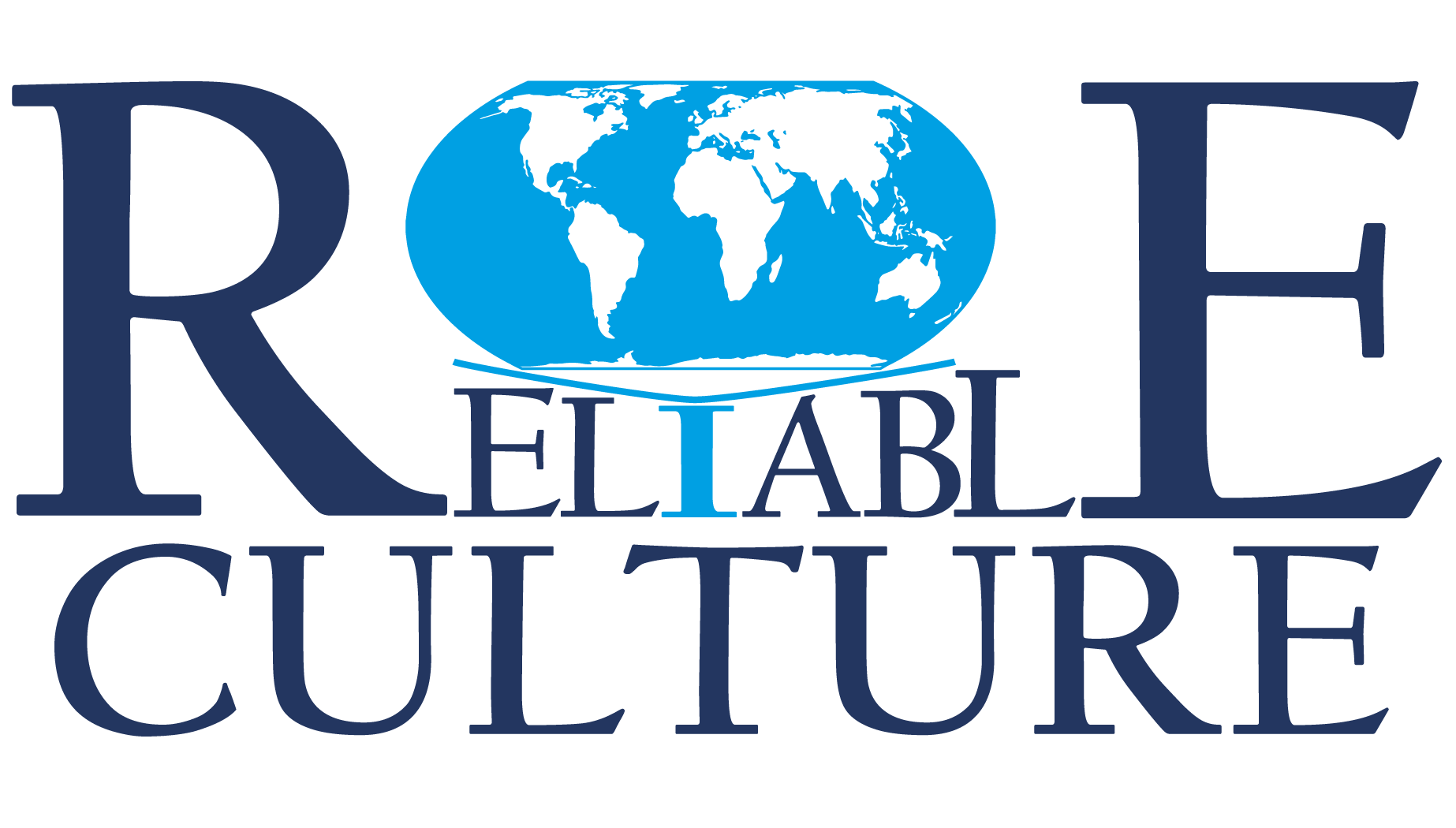
This is one of the biggest challenges the change agents in the Corporate world have, but fortunately, this is also the way to identify amateur trainers on Cultural Differences.
I’ve captured an example in which one such amateur trainer claimed that “the Army is high PDI”, PDI meaning Power Distance Index, taken from one research that was published openly. High PDI would mean that the particular group (more correctly society) is hierarchical and it has its implications on how you lead people, but also how you motivate them and attract their loyalty.
The “Army being high PDI” is a false statement. Organizational culture is the paradigm that allows us to compare organizations from various industries, departments with individuals from various professions, and various organizations in the same industry and understand why some are excelling while others are not, why some are evolving while others are struggling. For the example above, the Army has a particular Organizational Culture that is different than the Organizational culture of a company operating in Manufacturing, and different from an Organization operating in the HealthCare sector. This is what Organizational Culture tells us.
National culture, on the other hand, will tell us how an American battalion might behave in a different way from a Norvegian battalion if they are put under the same stressful situation. National culture will tell us how professionals in hospitals in different countries might react differently to the same pandemic. Will they do their utmost driven by their own beliefs? Will they work because they were told to do so? Or will they leave the sector? The combination between National Culture and Organizational Culture will enable us to understand why in some Cultures it is possible for all of the professionals in one hospital to put in their resignations in the face of a pandemic. Understanding National Culture will also enable a CEO, Director, or GM to know what to do and what not to do to not reach such a state in which all of its professionals put in their resignation in the most critical moment (unless the executive has also left the particular organization).
If you want to see the whole session you can select it from this table, No 37.
In case you want to organize a Workshop on Culture, Cultural Differences or an Organizational Culture assessment reach out.

0 Comments